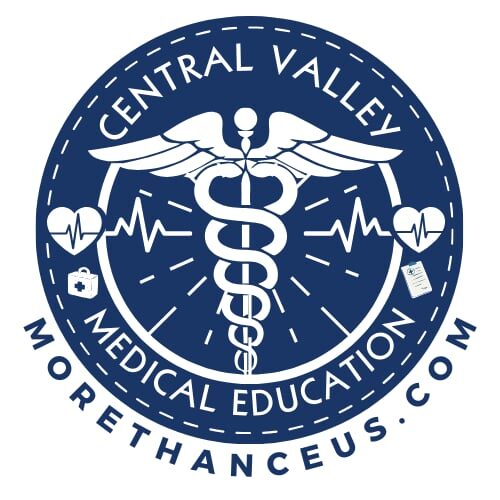CDC’s Standard Precautions & Universal Precautions
To protect healthcare workers and patients from infectious disease transmission, the Centers for Disease Control and Prevention (CDC) established two foundational safety concepts: Universal Precautions and Standard Precautions. These protocols remain essential pillars of infection prevention in clinical environments today.
🧪 Universal Precautions (Introduced 1985–1987)
Universal Precautions were developed in response to the HIV/AIDS epidemic. They assume that all blood and certain body fluids are potentially infectious, regardless of a patient’s diagnosis or perceived risk.
Under Universal Precautions:
- Gloves must be worn during any contact with blood or body fluids.
- Gowns, masks, and eye protection are used when there’s a risk of splashing.
- Sharps must be handled carefully, with immediate disposal in puncture-resistant containers.
- Recapping of needles is discouraged unless no alternative exists.
Universal Precautions focus specifically on the prevention of bloodborne pathogen transmission such as:
- HIV
- Hepatitis B (HBV)
- Hepatitis C (HCV)
🩺 Standard Precautions (Established 1996 & Updated 2007)
Standard Precautions evolved from Universal Precautions and Body Substance Isolation (BSI), creating a broader and more comprehensive approach.
They apply to all patients, in all healthcare settings, and are based on the principle that every person’s blood, body fluids, secretions, and excretions (except sweat), non-intact skin, and mucous membranes may contain transmissible infectious agents.
Standard Precautions Include:
- Hand Hygiene
- Before and after patient contact
- After contact with contaminated surfaces
- After glove removal
- Use of PPE Based on Exposure Risk
- Gloves, gowns, face shields, masks, and eye protection
- Respiratory Hygiene/Cough Etiquette
- Covering coughs/sneezes, providing tissues and masks, and promoting spatial separation
- Safe Injection Practices
- One needle, one syringe, one patient — every time
- Use of safety-engineered sharps devices
- Proper Handling of Contaminated Equipment
- Clean and disinfect reusable equipment between patients
- Dispose of single-use items appropriately
- Environmental Cleaning
- Routine disinfection of high-touch surfaces and patient-care areas
- Safe Linens and Waste Handling
- Avoid shaking soiled linens; dispose of waste in accordance with facility protocol
🔄 Key Differences Between Universal & Standard Precautions
| Aspect | Universal Precautions | Standard Precautions |
| Scope | Blood & certain body fluids | All body fluids (except sweat), non-intact skin, mucous membranes |
| Established By | CDC (1985–87) | CDC (1996, updated 2007) |
| Applies To | Primarily bloodborne pathogens | Broad-spectrum infection prevention |
| Includes Hand Hygiene, Environmental Cleaning | No | Yes |
🧠 Key Takeaways:
- Universal Precautions laid the foundation for preventing bloodborne exposures.
- Standard Precautions expanded protection to all patient encounters.
- Following these guidelines is non-negotiable for clinical safety and legal compliance.
